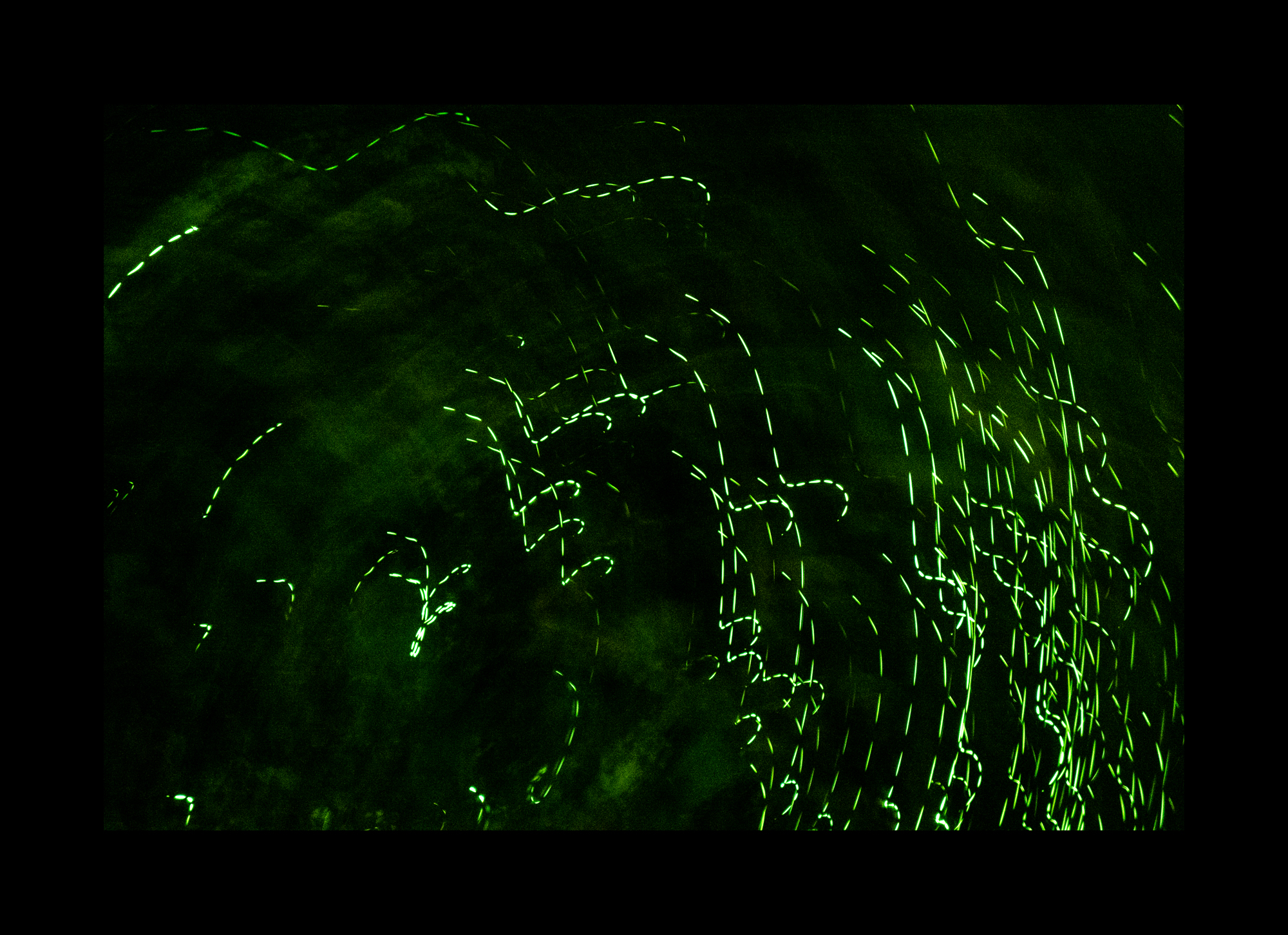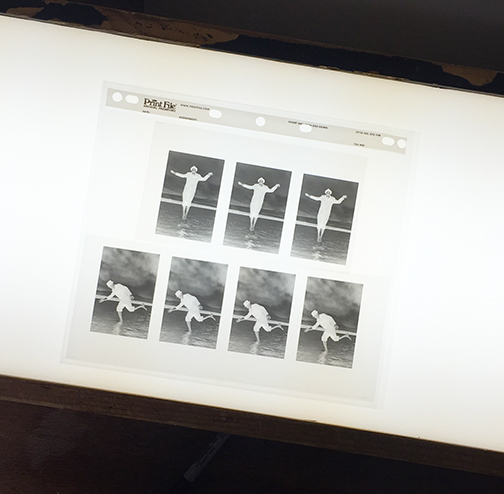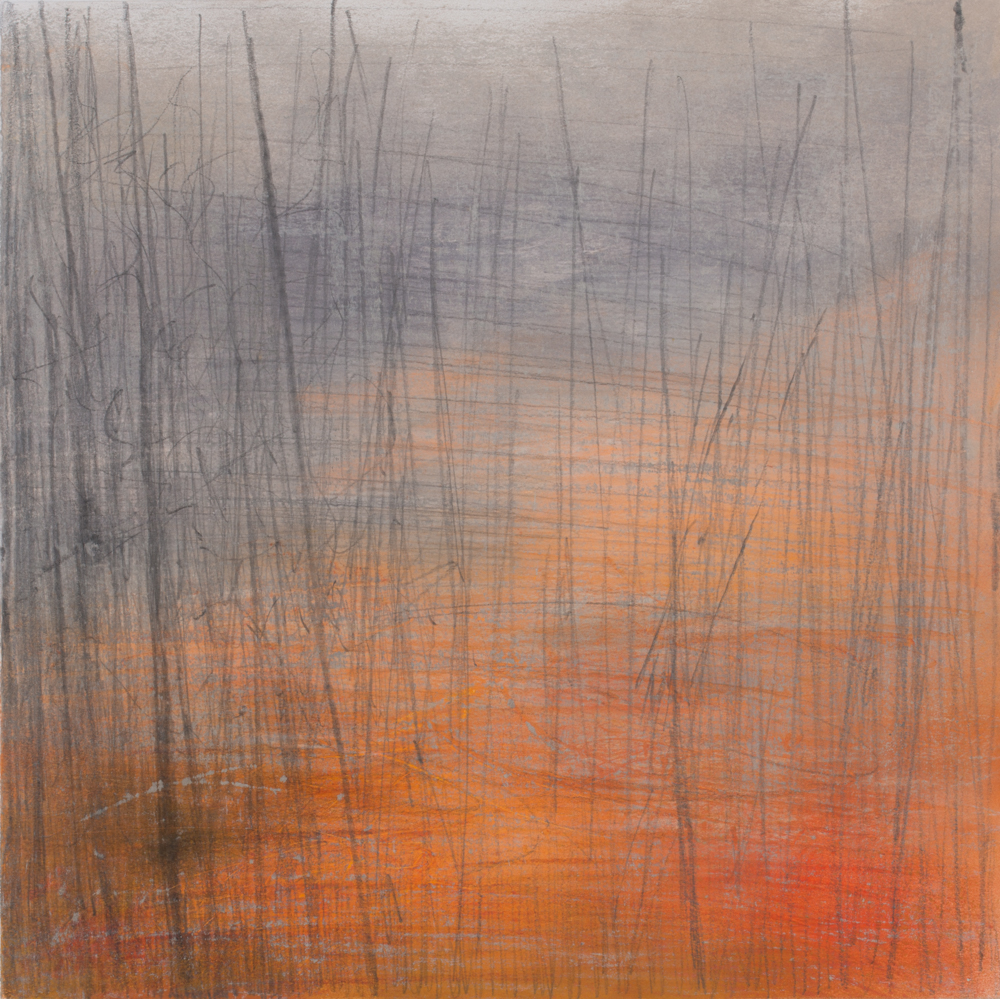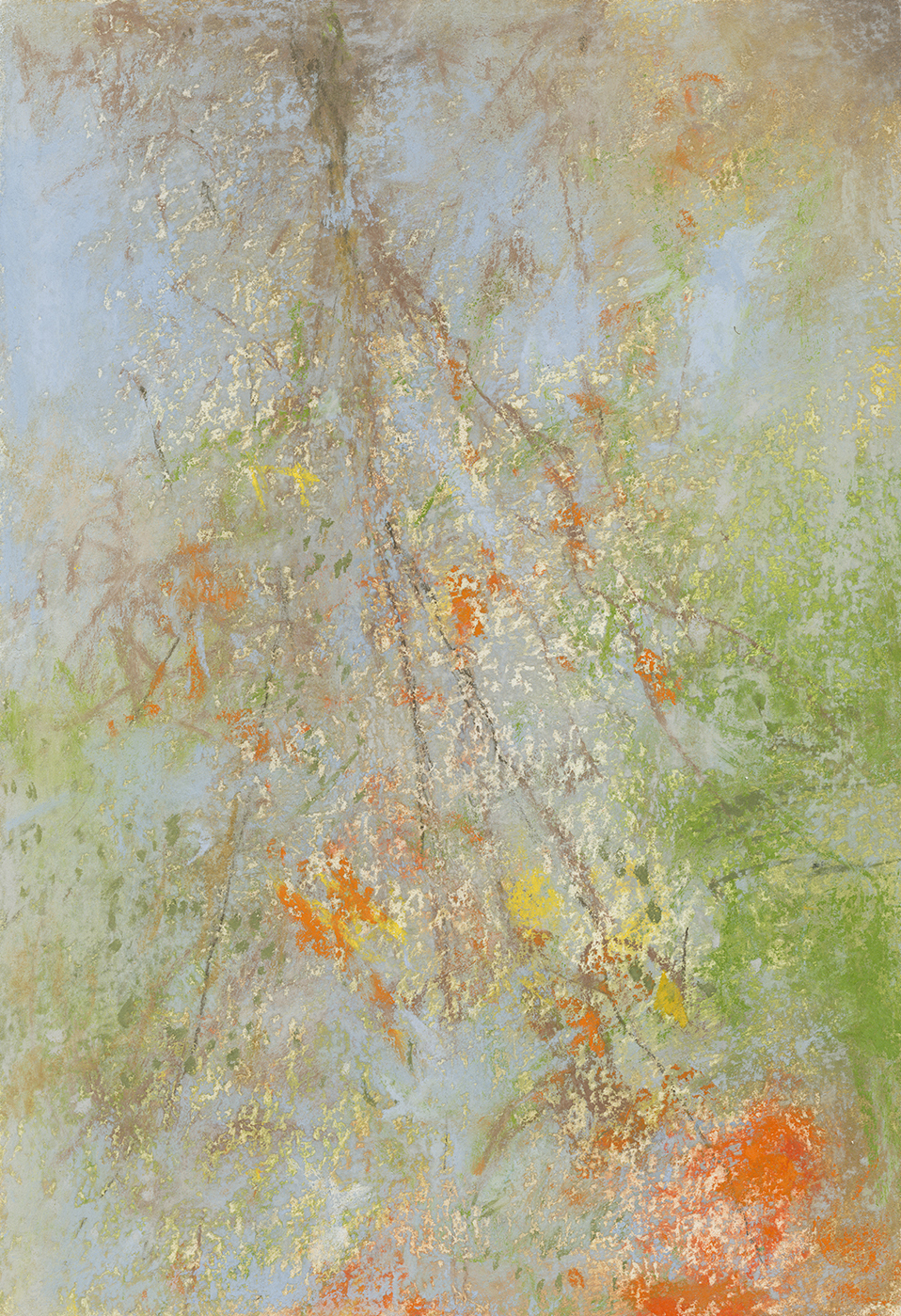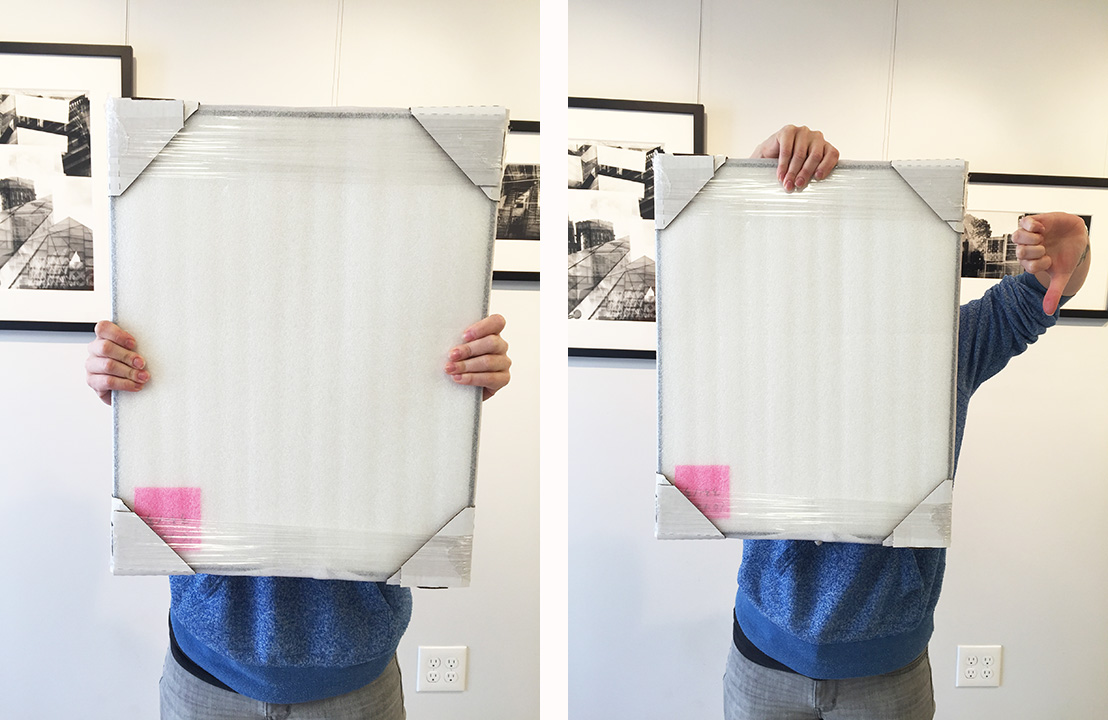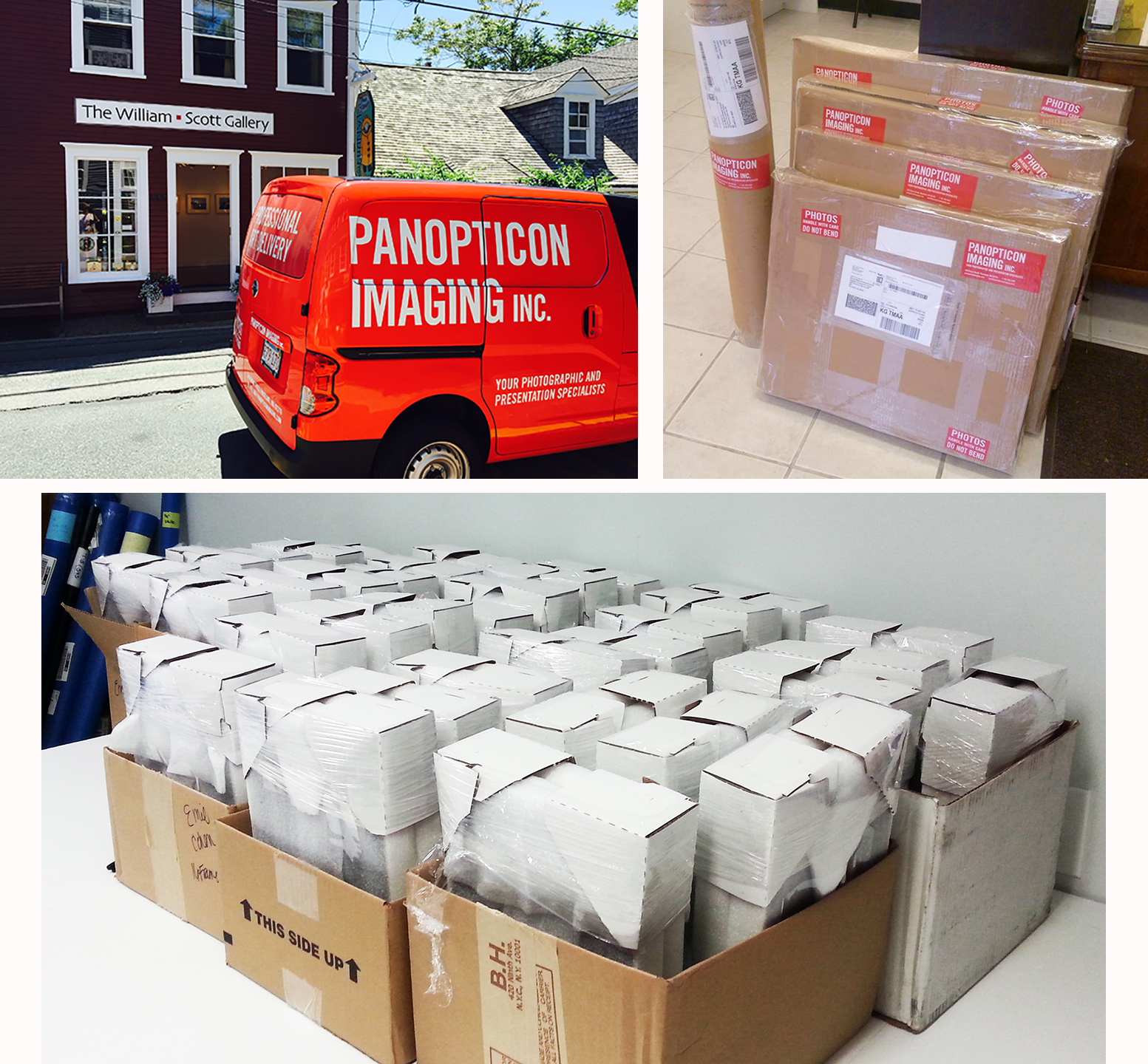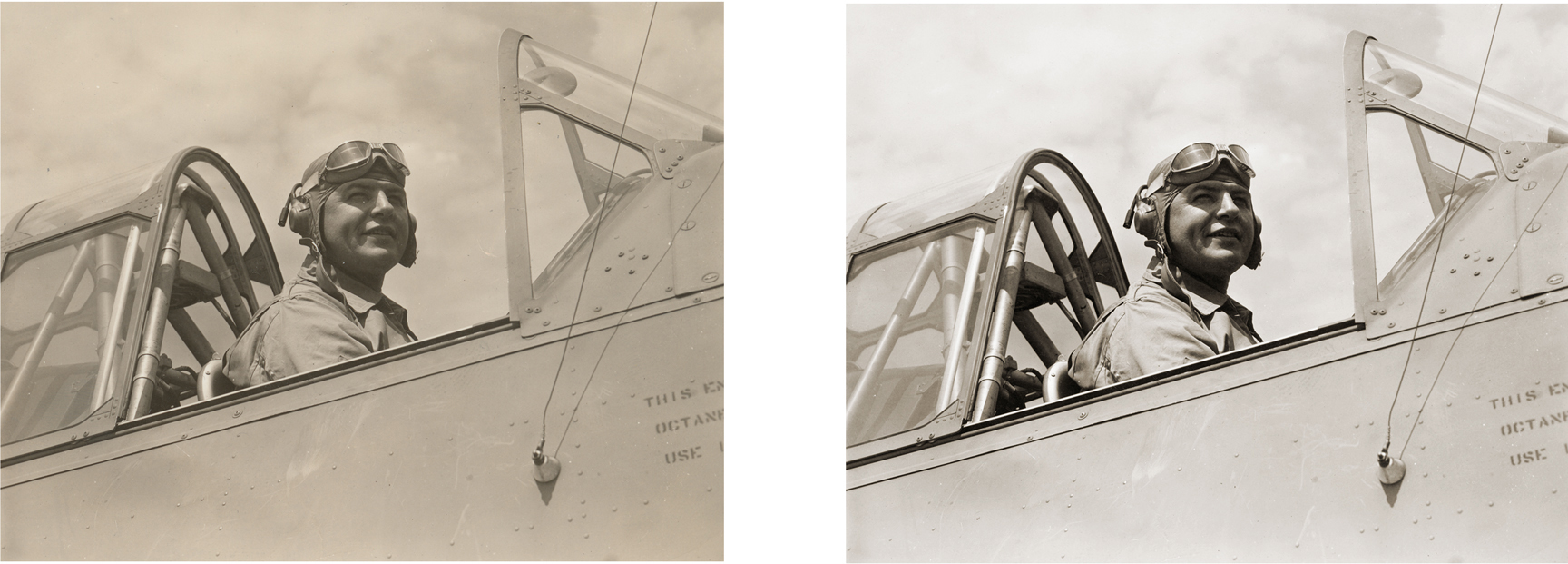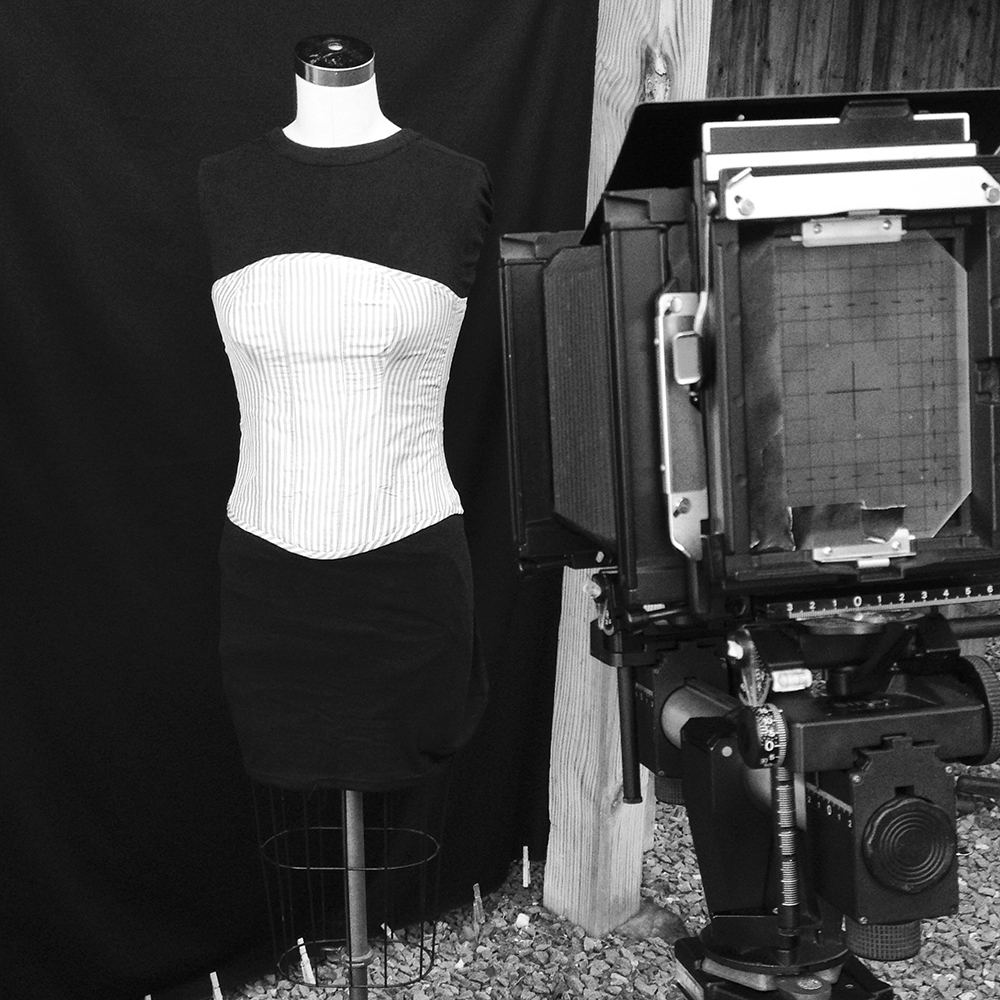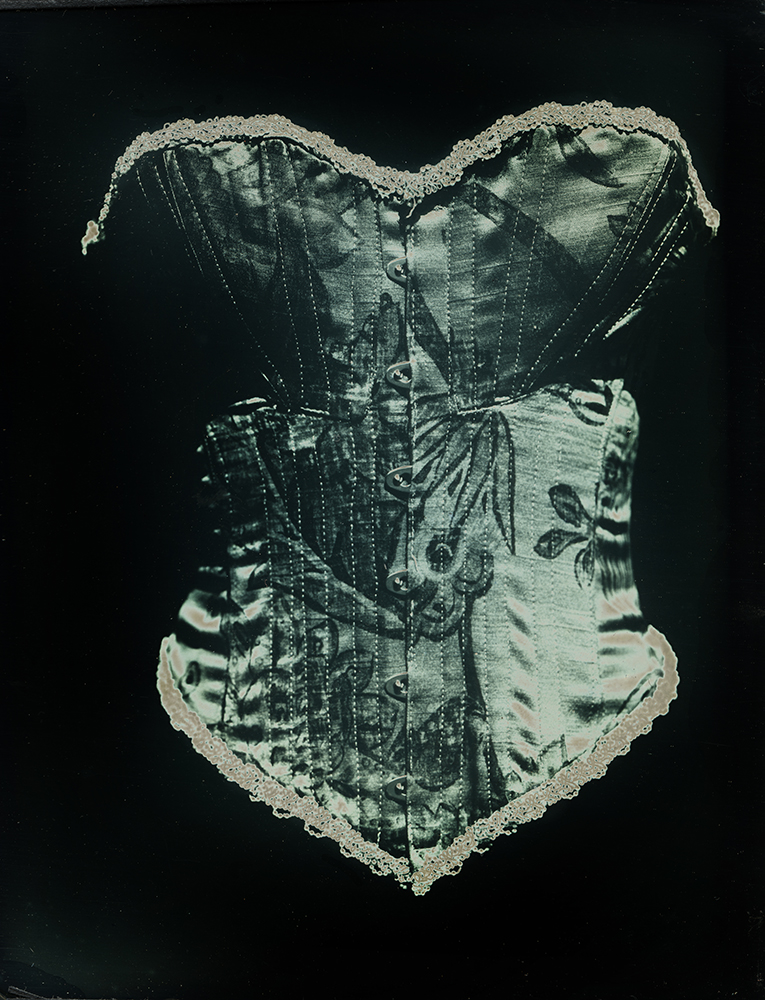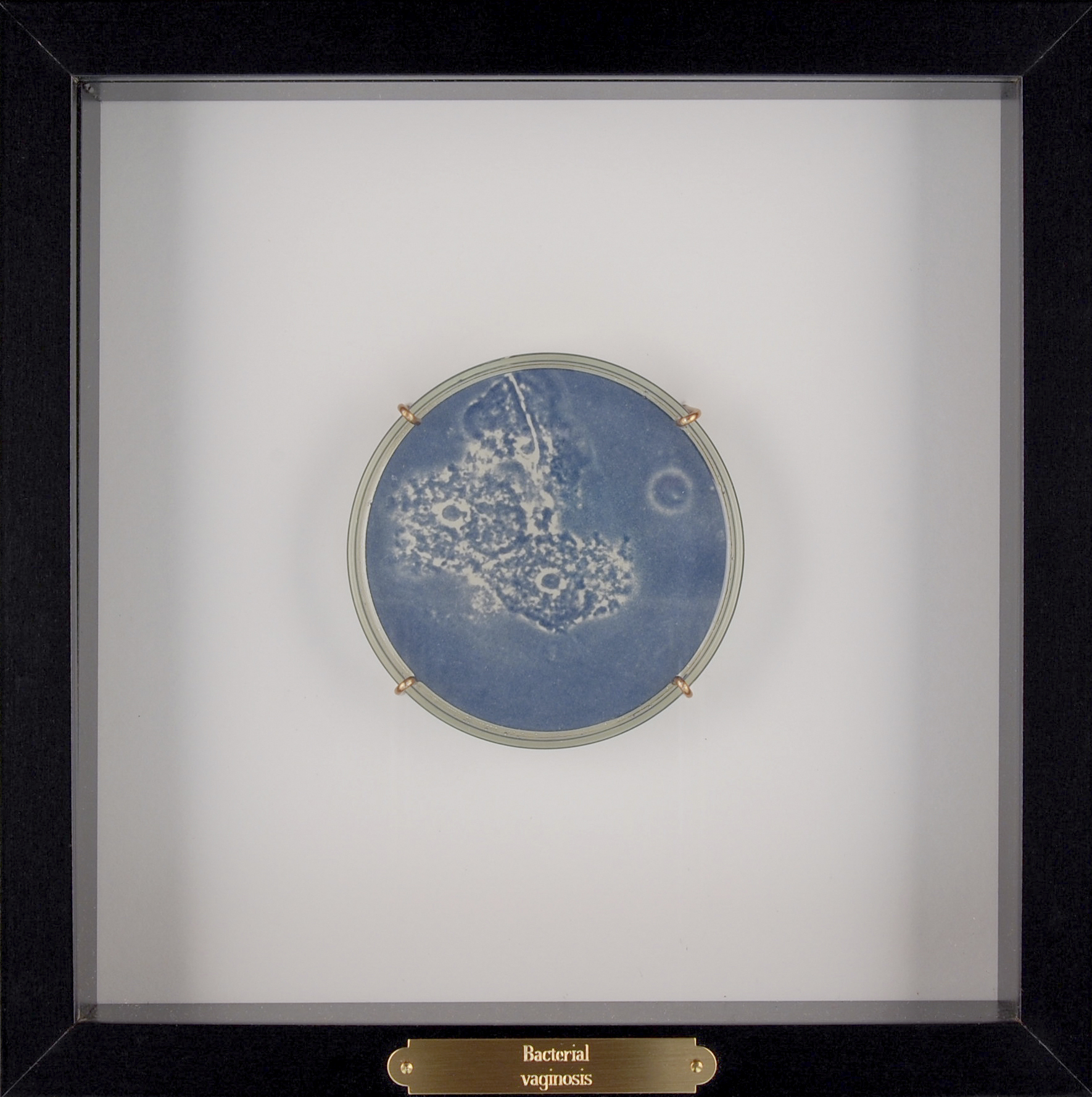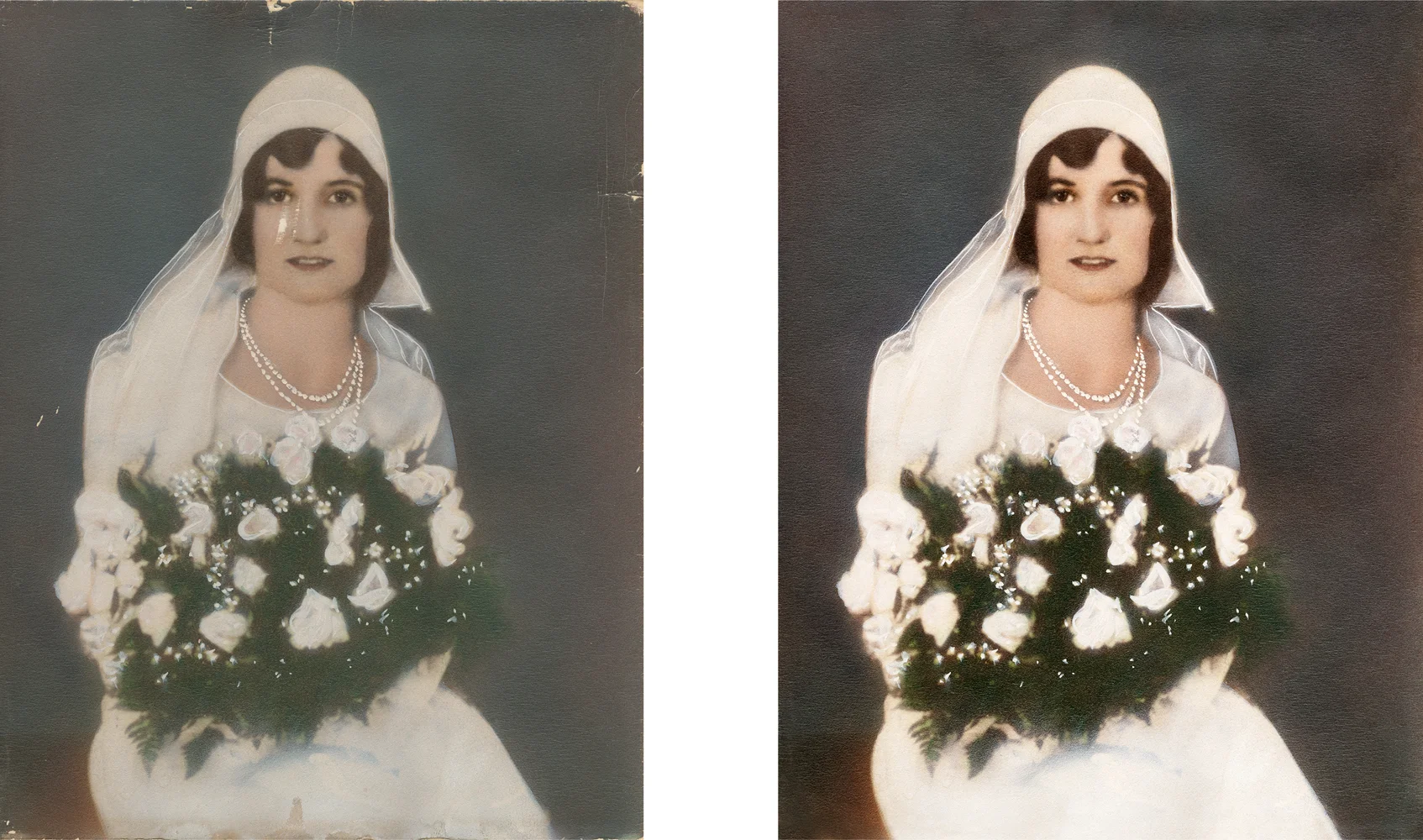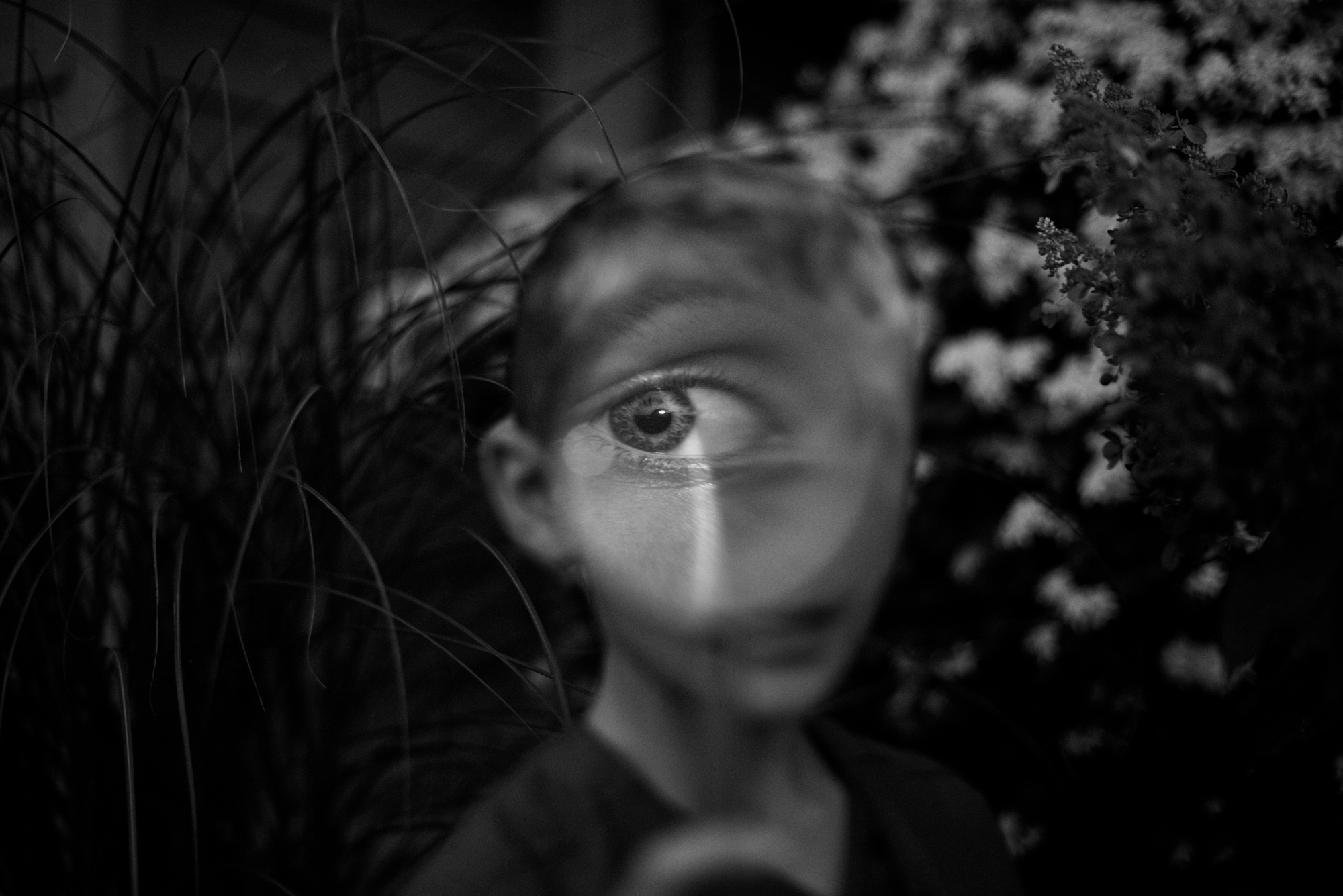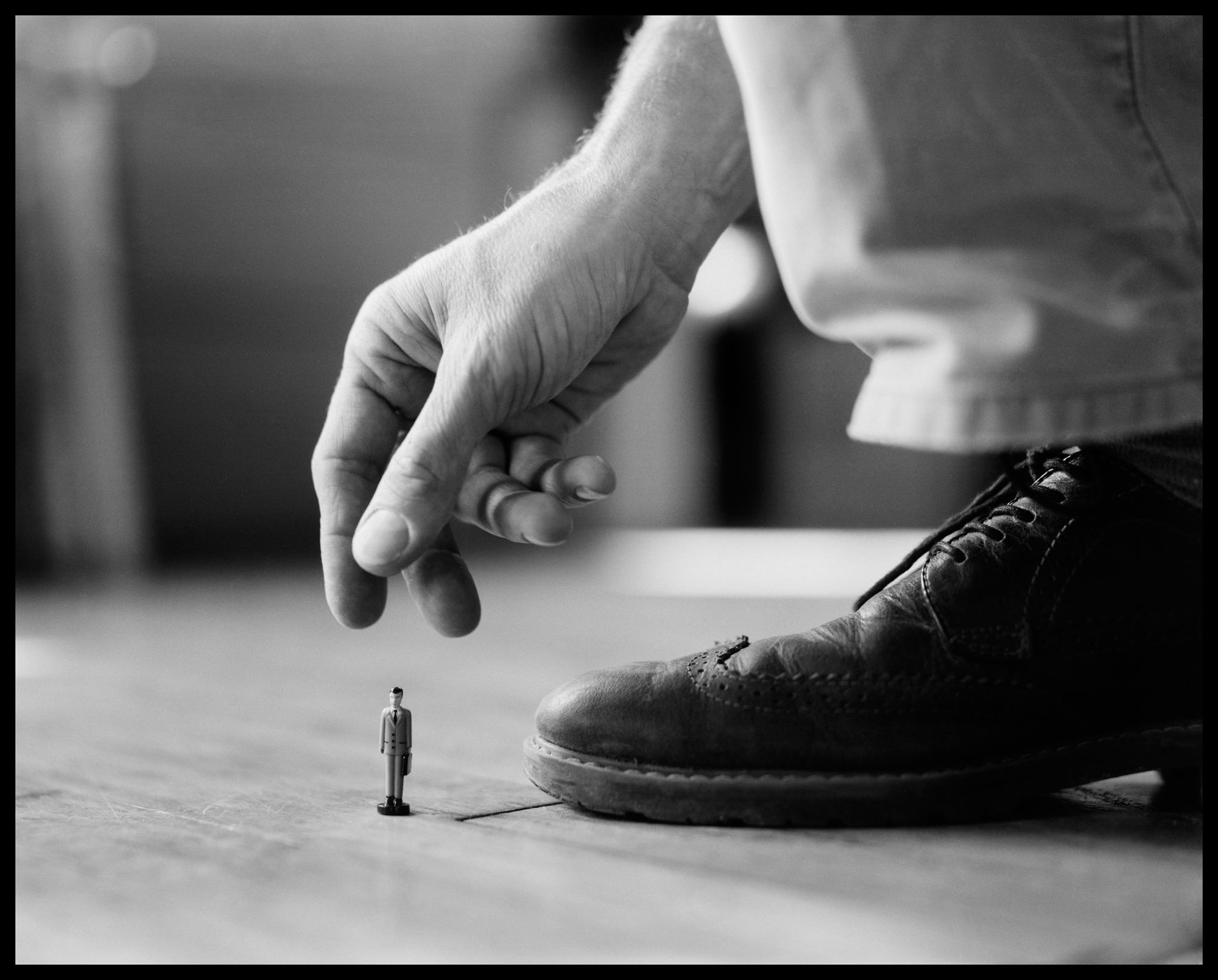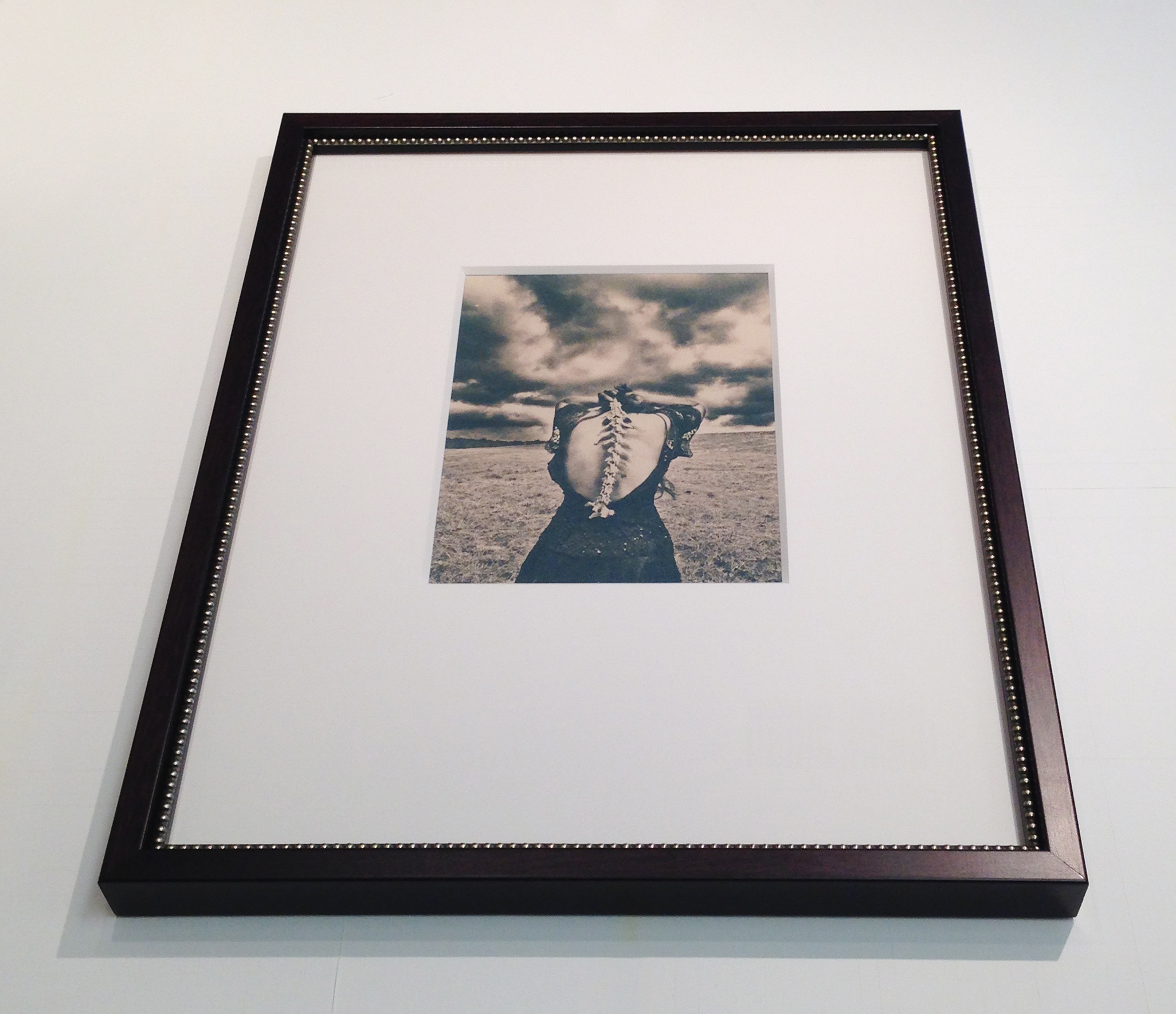Fern Nesson is a fine art photographer living in Cambridge, MA. She practiced as a lawyer for twenty years and taught history at the Cambridge School of Weston and, for the past ten years, she was the College Advisor at the Commonwealth School. Fern is currently in her first year of the MFA program at Maine Media College. Her abstract work is rooted in the elegance of light and line and is currently on display in our gallery until May 14, 2016.
"Light Lines 1"
- You have a background in law, how did you transition into the art world?
FN: I have taken a long journey through many, varied careers – lawyer, American historian, fiction and non-fiction writer, history, math and law teacher, college counselor -- but the spine of photography has run throughout my life. My father gave me my first camera when I was 8 and he taught me to develop my photos in the darkroom not long after. Since then, I have been engaged in looking at the world through a camera.
Until recently, photography was my hobby. I knew several great photographers (my father included) and followed their work with interest. About ten years ago, I interviewed my father and we published a book of his work. I have also collected photographs for many years. I am proud to own photographs by Michael Kenna, Ansel Adams and Bruce Cratsley, among others.
Several years ago, I decided to pursue my own photography more seriously. My initial goal was to learn to take better photos. I began by reviewing my past work and publishing several books of my photographs. Then I took a workshop in photography at the Penland School in North Carolina. Finally, last year, I quit my counseling job to do photography full-time.
It’s taken me a long time to accept the challenge of pursuing life as an artist but I am so thrilled to be doing it! Photography provides, as always, a wonderful way to experience the world and the improvement in the quality of my work as a result of studying and practicing it full-time is immensely rewarding.
"Morning Light 1"
- You are currently attending the low residency masters program at Maine Media, tell us a little bit about the program. How has your work changed since starting your studies there?
FN: For my first semester, I am completing synergistic studio and academic projects, both entitled “An Exploration of Seeing.” Since November, I have taken over 20,000 (!) photographs, read a dozen of the great books about “seeing ” and written three lengthy papers describing the evolution of my own artistic vision. As an intellectual and artistic experience, a Maine Media education can’t be beat!
"Light Lines 3"
- Your abstractions of light and shadow show a playful & insightful side to subjects we see everyday. How do you choose what you point your camera at?
FN: Light is the theme in all of my work. I don’t shoot objects for themselves; I shoot their interaction with light: are they illumined from within? Are they transparent? Are they reflective? Are they suffused with light? Do they glow? Are they in shadow? Do they sparkle? My subjects are quite varied but it’s all about the light.
"Morning Light 5"
- What inspires you as an artist?
FN: I am drawn to elegance. In choosing a subject or a scene, I seek elegance in pattern, line, color and shape. I prefer the intricate, small detail, over the panorama. My photographs are abstract but not in the sense of removing detail; just the opposite. I focus on an element and I abstract it through the use of an unusual perspective or point of view.
"Light Lines 5"
- Your current exhibition in our gallery space is a selection of images from various portfolios. How do you feel the individual pieces interact with one another as a whole?
FN: The photographs in my show, “The Light Dances,” are selected from three different series, which I shot in 2015-6. Although they are of radically different subjects – trees at night, a Calder stabile, and the curtains in my bedroom – they have certain underlying and essential characteristics in common.
First, they are each about light: light as it illumines and ennobles a dark object, light as it enhances a sculpture by throwing off shadows, light as it sparkles and brightens a cold winter landscape.
Second they are multiples. Varying the point of view on a single object takes advantage of all angles of the object and allows maximum concentration upon its interaction with light. The multiplicity of views points up what is so great about our existence: we all see things differently from each other and it is that very diversity that makes art and life so interesting.
Third, they use the power of black. Light as a subject shows up so beautifully when it is contrasted with black. Color can seem sometimes to be cheating; it can make even a dull picture interesting but black is a challenge. If you use it well, you get drama; if you use it badly, you get nothing.
"Stabile 1 - 4"





